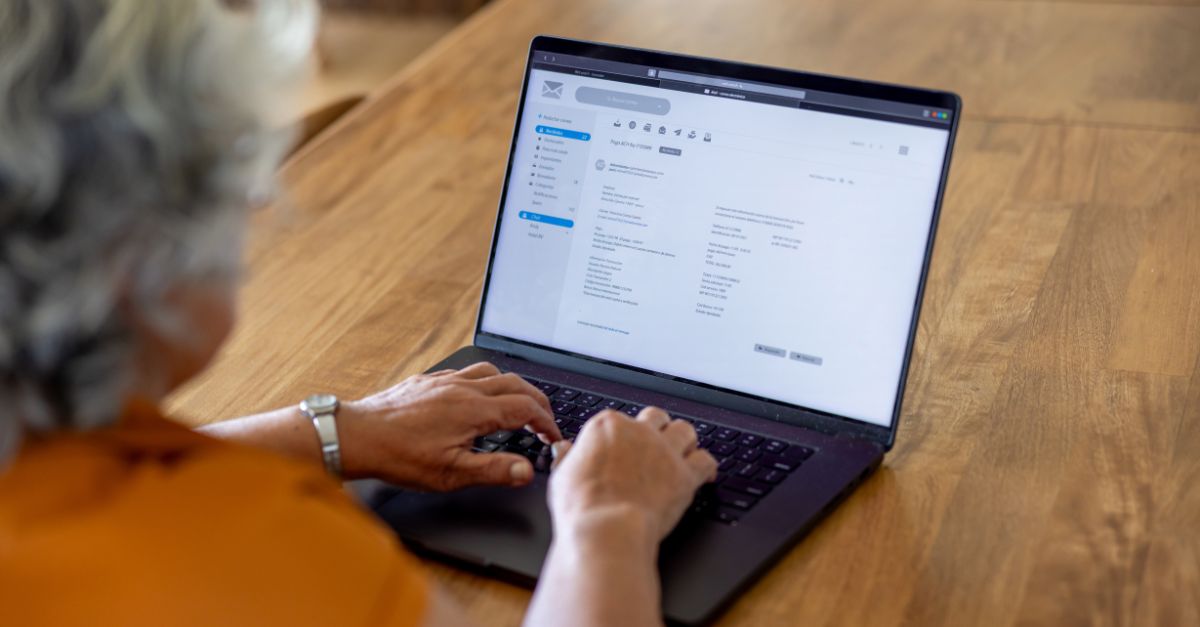Outsourcing software development teams can be faster, simpler, and more cost-effective compared with an in-house development team. However, this practice can lead to data security risks, such as data leaks and data breaches.
In fact, data breaches are one of the most frequent data security issues affecting all industries. According to a report by Zippia, about 45% of U.S. companies had a data breach in 2022. On average, these data breaches cost approximately $9.44 million.
Other potential risks of outsourcing software development teams include:
- Intellectual property (IP) security risks: The company may need to share sensitive information with the outsourced software development team and put its patents, copyrights, and/or trade secrets at risk.
- Compliance issues: If the outsourced software development team is not familiar and/or compliant with standards and certifications that safeguard sensitive data (ISO 27001, PCI-DSS, etc.), the company may be exposed to data leaks and data breaches or legal and/or regulatory fines and penalties.
That said, data security can still be an issue with outsourced software development teams. Here’s what to do about it to prevent potential threats.
Choose reliable vendors and developers
Make sure you work with vendors or developers who are qualified to build secure software. To do this, prioritize partnering with trustworthy vendors and developers who are known for their competence, and research their reputation and past performance. Are they related to any past security breaches? Do they normally comply with your industry’s security certifications?
Transparent communication is crucial in any professional relationship. Ask them about their security practices and policies. How do they protect sensitive data and manage access controls? Reliable professionals should follow strict security protocols and be open to discussing security updates, or even warn you about potential vulnerabilities before they take you by surprise.
Use digital signatures wherever possible
When hiring an outsourced development team, it is highly recommended to write a contract with provisions for data security, intellectual property rights, and compliance with industry standards and regulations. Set up clear expectations and responsibilities in the area of data protection.
You can do this through a non-disclosure agreement (NDA), for example. An NDA is a legal contract that explains a set of rules related to the protection of private or sensitive data.
Once you establish what your outsourced development team can or can’t do with the information they’ll be accessing via your project, an NDA can provide you with a legal resource in case any confidential information is divulged or misused.
Sign the contractual agreement — and make the outsourced software development team sign it — with a legally binding digital signature.
Append this to any document containing sensitive data. You can use digital signature software to know when these documents are being viewed or shared, and to maintain their authenticity and integrity.
Control user access
Keep track of what permissions and privileges are being granted to the individuals in the outsourced software development team. What information can they view or modify? What actions can they perform?
Review and update permissions for each outsourced team or individual to make sure that this configuration complies with the principle of least privilege. No one should have more permissions and privileges than they need for their specific tasks.
Here are a few other ways to control user access:
- Use an updated, centralized identity management system to define permissions related to unique digital identities, involving usernames, passwords, and attributes associated with their roles in the project.
- Get a cloud-based managed PKI system. Managed PKI (Public Key Infrastructure) can provide high encryption levels to all the data being sent and stored, and requires users to be authenticated with a digital certificate before granting them access to data.
- Use a Virtual Private Network (VPN). A VPN allows the software development team to access company resources and data remotely through an encrypted connection.
These measures can help prevent unauthorized access to servers and software, protect the company’s intellectual property (such as codes, patents, financial data, etc.), and maintain data integrity and confidentiality.
Monitor the team’s activity
Monitoring the activity of the outsourced software development team can help you identify and defend your company from data security risks in a timely manner.
- Set up a system to monitor user activity, such as network logs or access control logs, which record suspicious activity or unauthorized login attempts. If you establish a baseline of an outsourced team’s normal behavior, and suddenly find strange patterns or trends in activity logs (such as unusual file transfers or data access from unauthorized locations), you can restrict access privileges in time and mitigate potential threats before they escalate into major data security issues.
- Carry out security audits regularly to review the outsourced team’s actions and detect vulnerabilities. Is all the software updated? Are there any configuration errors that provide potential entry points for attackers? If you take into account that human errors are responsible for more than 80% of data breaches, you can see why conducting thorough security audits on a regular basis can help minimize data security risks.
- Make sure that your outsourced development team is not using ChatGPT or other AI for software development. AI models like ChatGPT are not primarily intended for software coding, and they don’t have contextual awareness to apply industry standards and best practices in terms of security. As a result, they can generate insecure code or include sensitive information — and vulnerabilities in the AI algorithm can lead to data breaches, data leaks, or IP theft.
Conclusion
While data security risks are a big concern when working with outsourced development teams, there are options to keep the risks under control. Adopting a proactive risk management approach is essential to mitigate threats and ensure data protection.
Staying up-to-date with the industry’s best practices and taking effective preventive measures (in the framework of rigorous security protocols) can help companies stay ahead of data security risks. As the saying goes, “An ounce of prevention is worth a pound of cure.”
Note: This blog article was written by a guest contributor for the purpose of offering a wider variety of content for our readers. The opinions expressed in this guest author article are solely those of the contributor and do not necessarily reflect those of GlobalSign.







